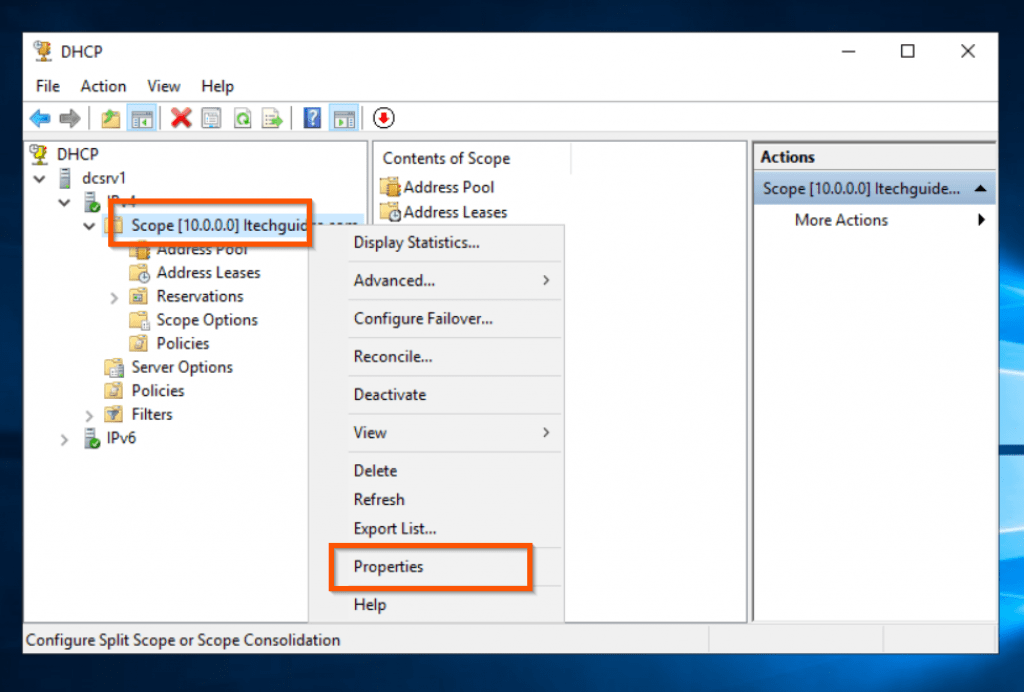

Then, we can update the file for missing information like lease start-end, etc., with information obtained from dhcpd.leases file. However, we can parse the dhcpd.log file to search for ack lines. Parsing the dhcpd.leases file also does not give any information as to when was the last time a dhcp ack was sent to the machine. Nevertheless, this information is incomplete. Close the command window and restart the computer. Copy the commands below, paste them into the command window and press ENTER: sc config Dhcp start auto sc start Dhcp 3. Now, let’s discuss in little detail each parameter that appears in dhcpd.leases file. Run the Command Prompt as an administrator. Let’s see the file’s content: $ more /var/lib/dhcpd/dhcpd.leases lease file path is: /var/lib/dhcpd/dhcpd.leases Active Leases: A list of devices that have.

# This lease file was written by isc-dhcp-V3.0.The ISC DHCP server’s. In this section you can view a list of assigned IP addresses and reserve IP addresses for particular devices.

# The format of this file is documented in the dhcpd.leases(5) manual page. If this is inconvenient or confusing to you, we sincerely # store leases in the local timezone, so please don’t request this as a # not a bug, so please don’t ask about it. # All times in this file are in UTC (GMT), not your local timezone. If your Check Point device has actually handed out addresses, you will see something like the following: On “real” GAiA gateways you need to enter ‘expert’ mode.

In the 1100 web interface it is pretty straightforward: After setting up DHCP you will want to see what addresses have actually been handed out. Getting R77.20 GAiA setup to provide addresses is a whole other topic. I wouldn’t normally recommend using a gateway as a DHCP server (most environments don’t need to), but it can be useful in a smaller environment or lab scenario.


 0 kommentar(er)
0 kommentar(er)
